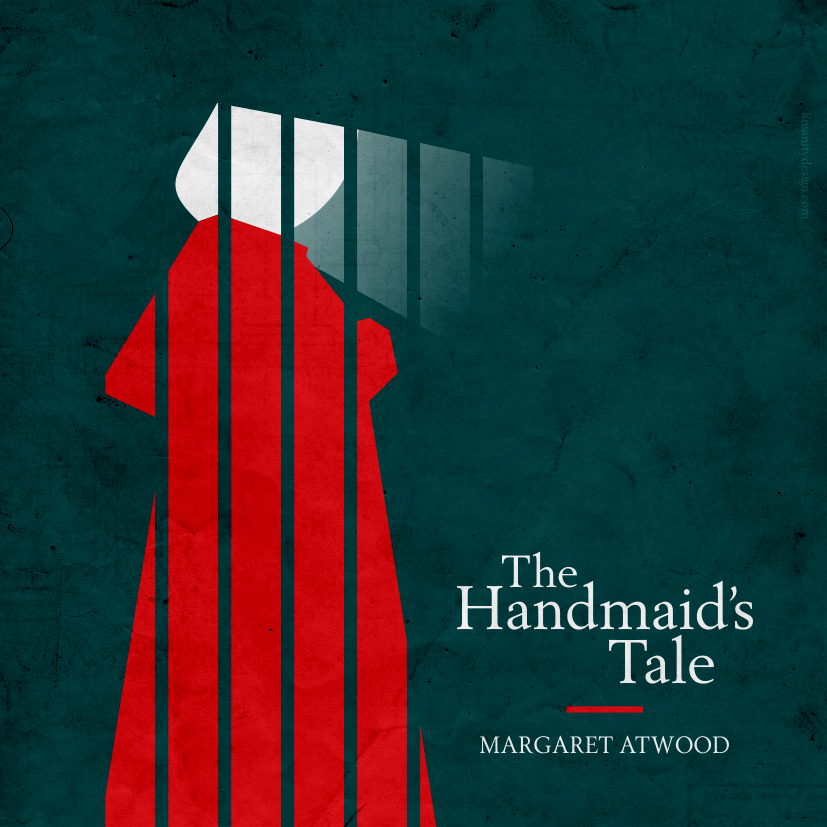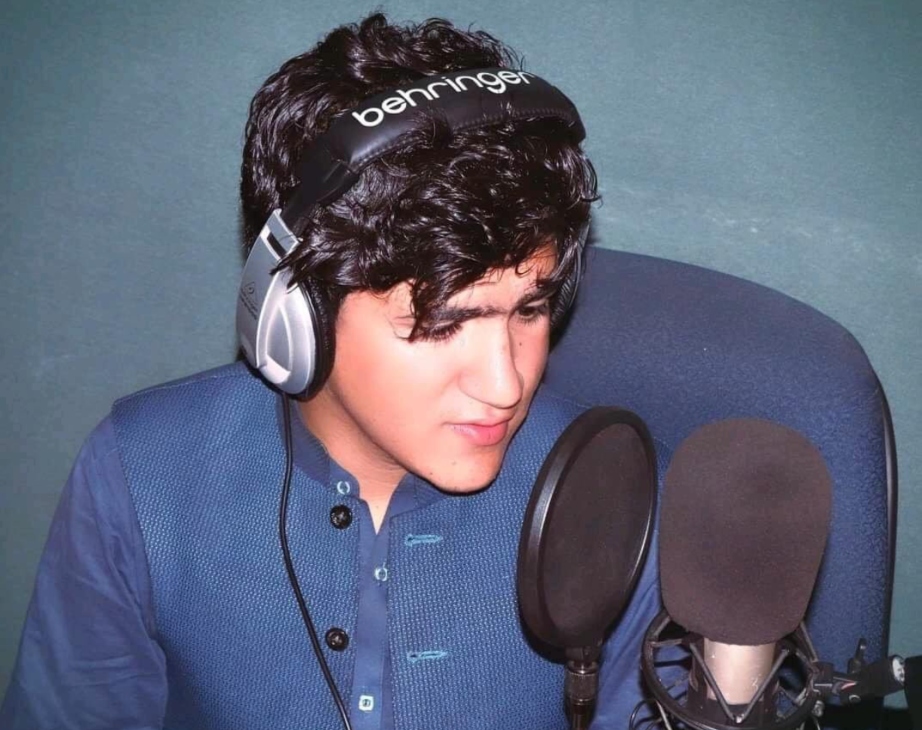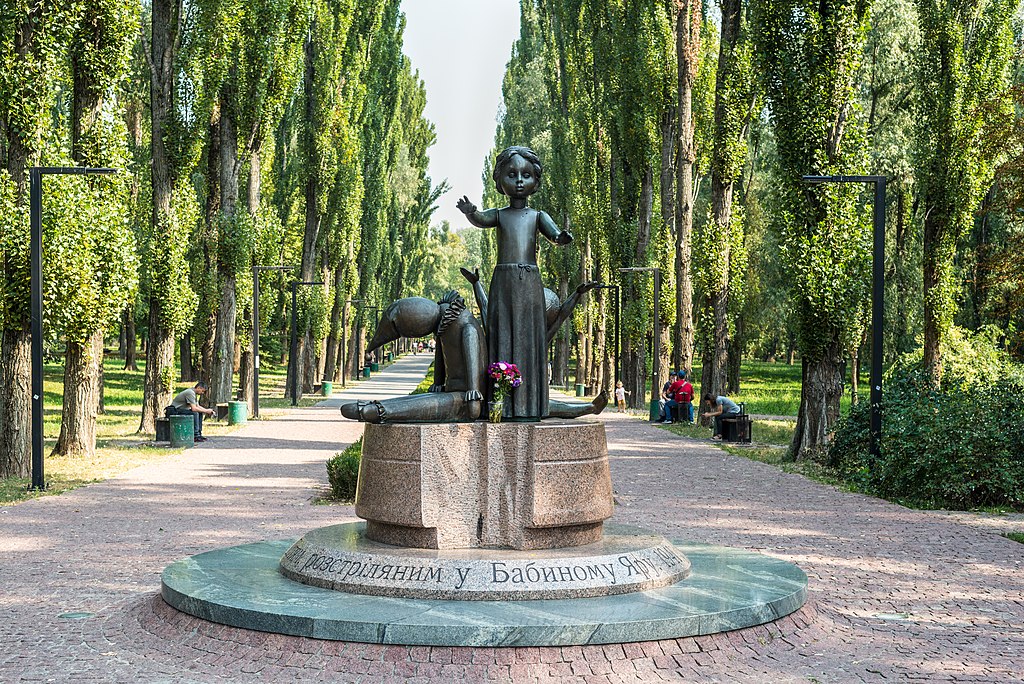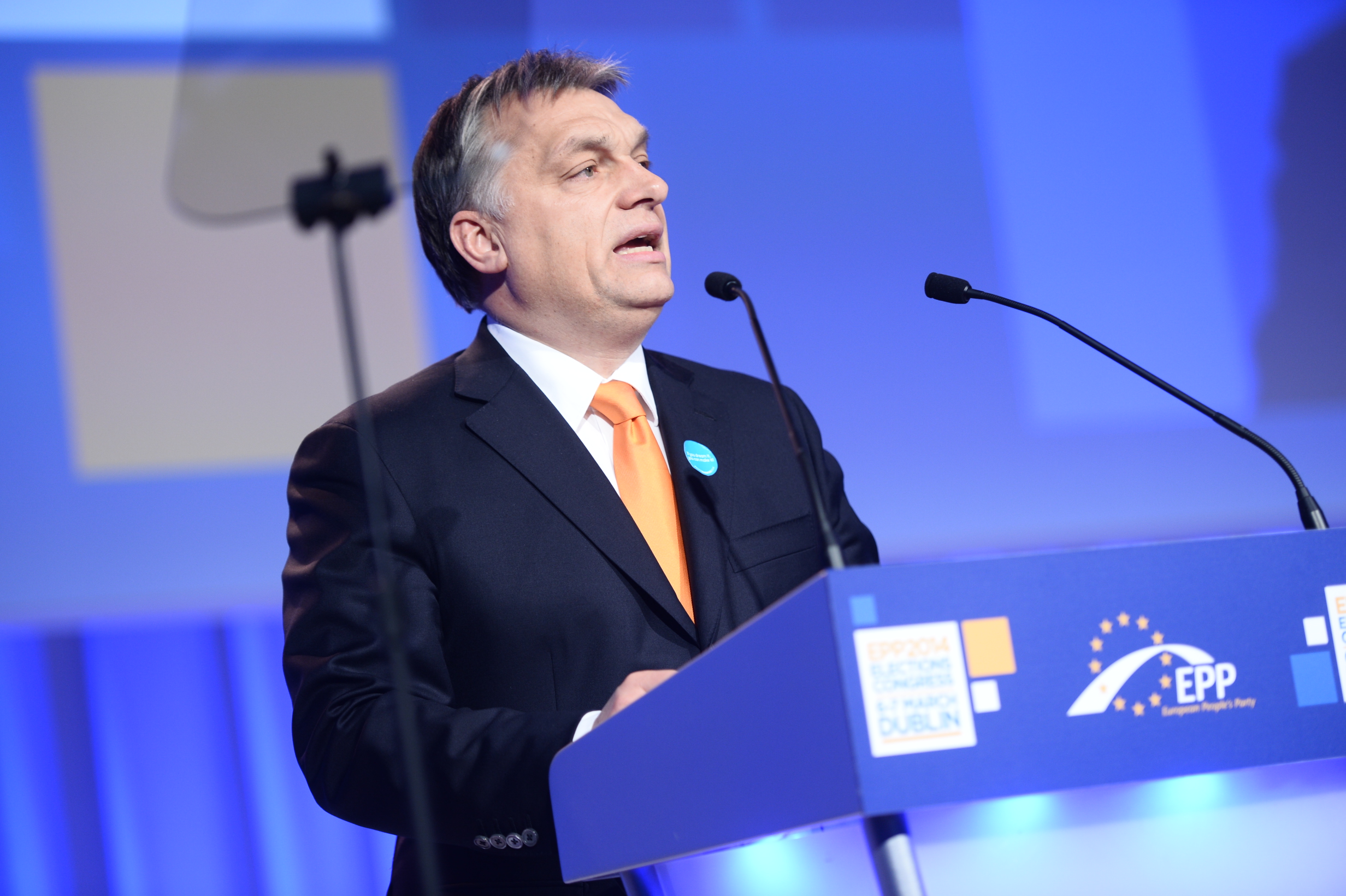Crossposted from the National Coalition Against Censorship (US)
Free Expression at Risk, at Yale and Elsewhere
A number of recent incidents suggest that our long-standing commitment to the free exchange of ideas is in peril of falling victim to a spreading fear of violence. Not only have exhibitions been closed and performances canceled in response to real threats, but the mere possibility that someone, somewhere, might respond with violence has been advanced to justify suppressing words and images, as in the recent decision of Yale University to remove all images of Mohammed from Jytte Klausen’s book, The Cartoons that Shook the World.
Violence against those who create and disseminate controversial words and images is a staple of human history. But in the recent past, at least in liberal democracies, commitment to free speech has usually trumped fears of violence. Indeed, as late as 1989, Salman Rushdie’s Satanic Verses continued to be published, sold, and read in the face of a fatwa against its author and in the face of the murder and attempted murder of its translators and publishers. In 1998, the Manhattan Theater Club received threats protesting the production of Terrence McNally’s play, Corpus Christi, on the ground that it was offensive to Catholics. After initially canceling the play, MTC reversed its decision in response to widespread concerns about free speech, and the play was performed without incident.
There are signs, however, that the commitment to free speech has become eroded by fears of violence. Historical events, especially the attacks of September 2001 and subsequent bombings in Madrid and London, have contributed to this process by bringing terrorist violence to the heart of liberal democracies. Other events, like the 2004 murder of Dutch film director Theo Van Gogh in apparent protest against his film “Submission,” and the threats against Ayaan Hirsi Ali, who wrote the script and provided the voice-over for the film, demonstrated how vulnerable artists and intellectuals can be just for voicing controversial ideas. Under such threats, the resolve to uphold freedom of speech has proved to be lamentably weak: in the same year as Van Gogh’s murder, Behzti, a play written by a British Sikh playwright, was canceled days after violence erupted among protesters in Birmingham, England on opening night.
In response to rising concerns about fear-induced self-censorship, in 2005 the Danish newspaper Jyllands-Posten published an article, “The face of Mohammed,” which included twelve cartoon images. The cartoons became the focus of a series of violent political rallies in the Middle East in February 2006 and a subject of worldwide debate pitting free speech against “cultural sensitivity.”
For all the prominence of religion in such debates, threats of violence against words and images are not the sole province of religious extremists. In 2005, a politically controversial professor’s scheduled speech at Hamilton College in Clinton, NY was canceled in response to threats of violence. In 2008, the San Francisco Art Institute closed a controversial video exhibition in response to threats of violence against faculty members by animal rights activists. Later that year, the University of Nebraska-Lincoln canceled a speech by former Weatherman and education theorist William Ayers citing security concerns.
The possibility of giving offense and provoking violence has entered the imagination of curators, publishers and the public at large, generating more and more incidents of preemptive self-censorship: in 2006, for instance, London’s Whitechapel gallery declared twelve works by Surrealist master Hans Bellmer too dangerous to exhibit because of fears that the sexual overtones would be offensive to the large Muslim population in the area; and publisher Random House canceled the 2008 publication of Sherry Jones’ The Jewel of Medina because “it could incite acts of violence.” The suppression of images in Jytte Klausen’s book is the latest, but not likely to be the last in the series of such incidents.
Words and images exist in complex socio-political contexts. Suppressing controversial expression cannot erase the underlying social tensions that create the conditions for violence to begin with, but it does create a climate that chills and eventually corrupts the fundamental values of liberal democracy.
A Call to Action
The incident at Yale provides an opportunity to re-examine our commitment to free expression. When an academic institution of such standing asserts the need to suppress scholarly work because of a theoretical possibility of violence “somewhere in the world,” it grants legitimacy to censorship and casts serious doubt on their, and our, commitment to freedom of expression in general, and academic freedom in particular.
The failure to stand up for free expression emboldens those who would attack and undermine it. It is time for colleges and universities in particular to exercise moral and intellectual leadership. It is incumbent on those responsible for the education of the next generation of leaders to stand up for certain basic principles: that the free exchange of ideas is essential to liberal democracy; that each person is entitled to hold and express his or her own views without fear of bodily harm; and that the suppression of ideas is a form of repression used by authoritarian regimes around the world to control and dehumanize their citizens and squelch opposition.
To paraphrase Ben Franklin, those who would give up essential liberty to purchase a little temporary safety, will get neither liberty nor safety.





